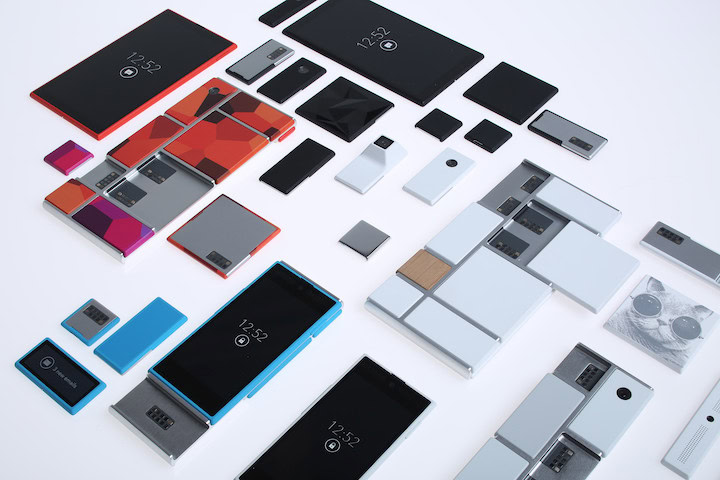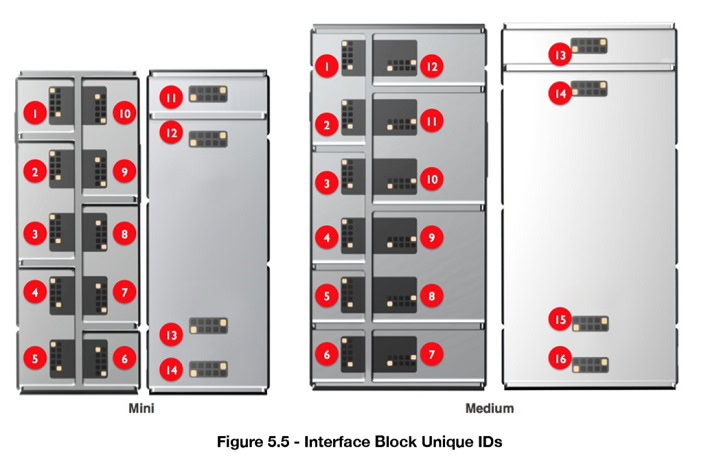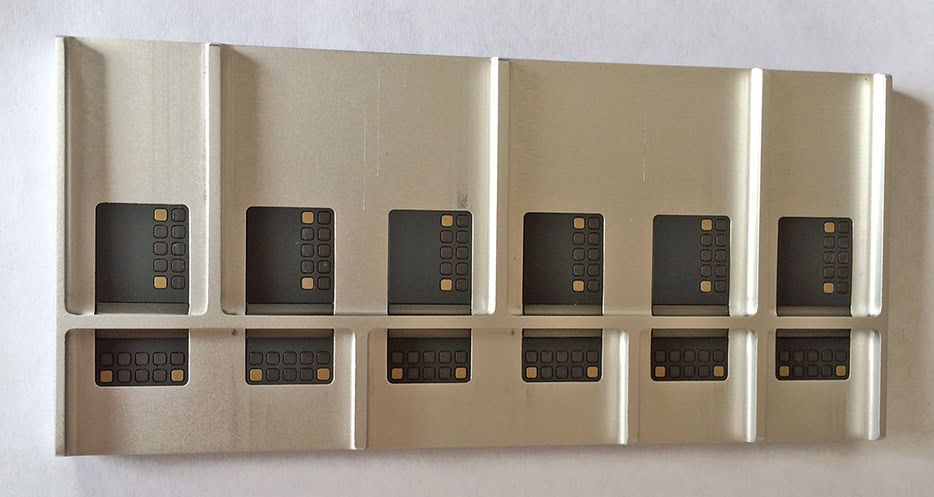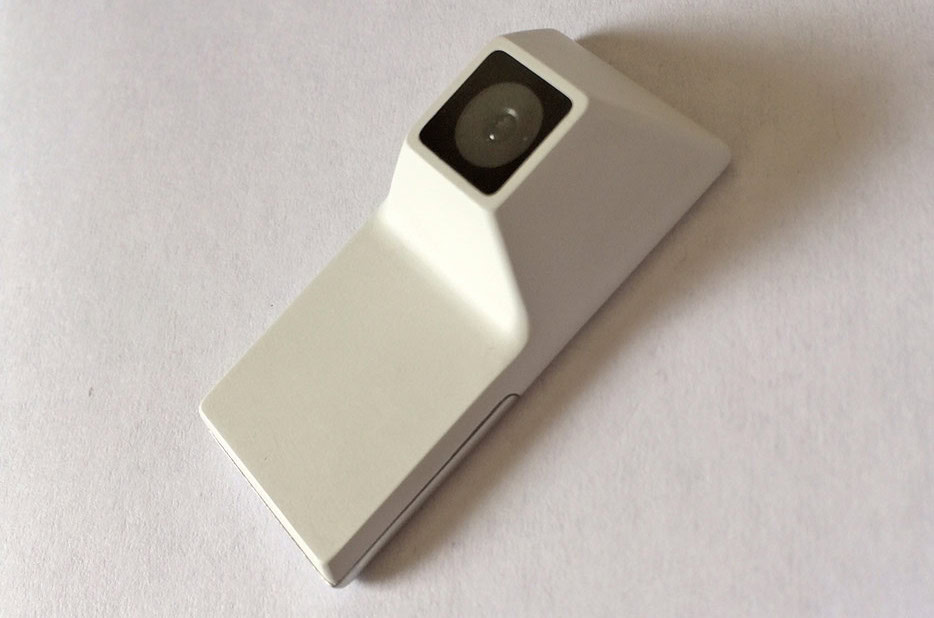Affiliate links on Android Authority may earn us a commission. Learn more.
Project Ara: is it the future of phones, or merely a cool niche?

Google’s modular smartphone concept, otherwise known as Project Ara, seems a bit crazy to say the least. The current trend in mobile is for devices to be as slim and powerful as possible, yet Google is attempting to accomplish something quite different with Ara. Instead, Google thinks people are interested in building their own phones and having complete control over the components used in their devices. To provide that level of customizability, however, Google is willing to sacrifice high-end specs, tight designs, and — frankly — attractiveness.
Project Ara is based around modules, small individual components that people can swap out to speed up upgrade and development cycles. According to Project Ara team member Kaigham Gabriel, development cycles for smartphone hardware are far too long when compared to software development cycles. The average smartphone manufacturer aims to come out with updates for their devices every year, but it sometimes takes even longer for a refresh to be released. Gabriel thinks a modular smartphone using Ara could be continuously updated, effectively reducing upgrade cycles to just a few months.
The current trend in mobile is for devices to be as slim and powerful as possible, yet Google is attempting to accomplish something quite different with Ara
The only real involvement Google has with the project is working with module manufacturers and providing the frames that the modules sit on. Google’s Ara frames will come in three sizes, and each will represent the different size smartphones currently on the market. The “mini” frame will be the size of a feature phone, while the “medium” and “large” frames will be the size of the Nexus 5 and Galaxy Note 3, respectively. Project Ara will initially be targeted at emerging markets, so the mini and medium frames will receive the most attention when Ara rolls out.

On a technical level, the frames provided by Google will each include a few simple components and the circuits necessary for each module to work with one another. Taiwanese manufacturer Quanta Computer has been tasked with providing the frames, and each will be 9mm thick. Quanta’s frames ship with small 400mAh batteries that are used to power the core electrical components. Other than a battery, only an electrical circuit comes with the frame, so consumers must purchase modules for almost every part of an Ara device. These modules will vary in cost depending on what they provide. If people want fast processors and high-end cameras, they are going to pay a premium to build that sort of phone.
No mobile operating system currently on the market understands how to deal with modular components
Admittedly, the Ara team faces a few challenges with the project, which could hinder their ability to move forward with ease. First of all, no mobile operating system currently on the market understands how to deal with modular components, so a heavily modified software interface is necessary for Ara to work even in the simplest of ways. Additionally, the Ara team must figure out what interface should be used to physically connect the modules. Since an Ara phone is not integrated like a regular handset, inductive or hybrid interfaces are necessary just to allow data rates to remain similar to those found in current smartphones.
Actually holding the modules in place is also important, and upon hearing about Ara many people immediately imagined phones falling apart the second they dropped onto a floor. The good news is that the Ara team says it will be using electro-magnets to hold the modules together with a 30 Newton force. No drop or even pulling on the components will be able to knock the modules away from each other.

To take the phone apart or add new modules to it, the phone must be powered down since the electro-magnets will only exert a 5 Newton force when turned off. This force is great enough to hold an Ara phone together until someone wants to remove modules.
Is Ara the future direction for smartphones, or just a niche?
There is no reason this design will not result in Ara phones being successful in their own right, but the real question everyone is asking is whether or not Ara is the future of smartphones. Module-based phones are the exact opposite of what we see on the market in 2014. Smartphone manufacturers are, with many of their devices, removing the ability for people to even gain access to a device’s battery, yet Google wants people to build their own phones. There are clear benefits many consumers enjoy as a result of these tight enclosures, so it may very well be the case that Ara is the future of smartphones for certain people rather than the entire market.
Part of the reason why phones like the HTCOne M8 and iPhone 5S are successful is that they are great looking devices, and that style isn’t easily attainable with Ara. Google admits Ara will not be anywhere near as compact as the phones currently on the market, and that fact alone will turn some people away from the project.
By building your own computer or buying an Ara smartphone, upgrades can be made at anytime, but that isn’t important to all consumers
In Google’s defense, however, there are specific groups of people who are bound to enjoy the upgradability that comes with an Ara device. These are the same people who find building a PC makes more sense than buying a pre-built desktop. By building your own computer or buying an Ara smartphone, upgrades can be made at anytime, but that isn’t important to all consumers.

Gabriel expects Ara devices will initially cost as much as 25 percent more than their compact counterparts, and in addition to being more expensive, they will consume more power and require larger batteries. The only way for Google to make Ara work is to prove that faster upgrade cycles are worth the time and money. Those who like to tinker with their devices will have few reasons to stay away from Ara, yet people who enjoy the simplicity of buying a phone, turning it on, and having it work will have many reasons to steer clear of the project.
One of the less often talked about benefits of Ara as a platform is that any manufacturer capable of meeting Google’s standards can create modules for the project. This means an Ara device may not be anything like a traditional smartphone, but rather a mobile device created for specific purposes. It isn’t implausible to think manufacturers could come out with modules specifically for the medical community, for example.
This means Ara has places where it can fit in, but it would be incorrect to think Ara will at any point in the near future directly compete with traditional mobile devices.